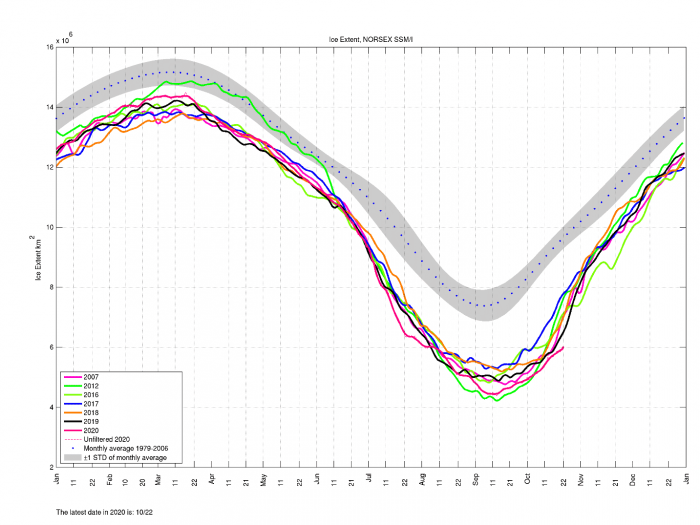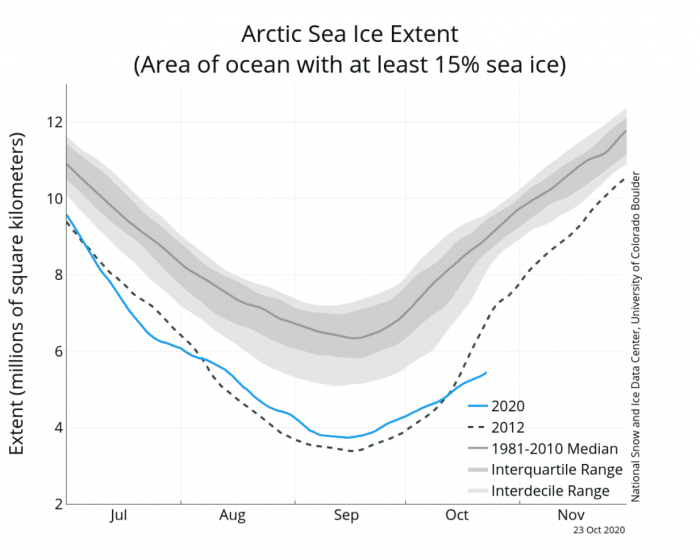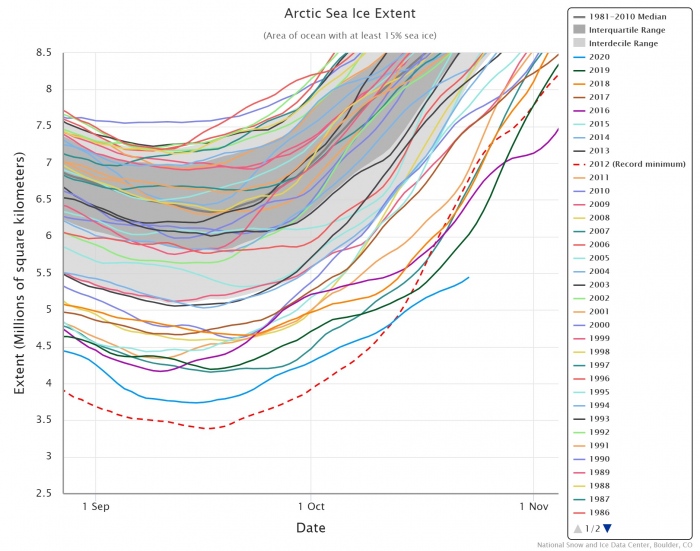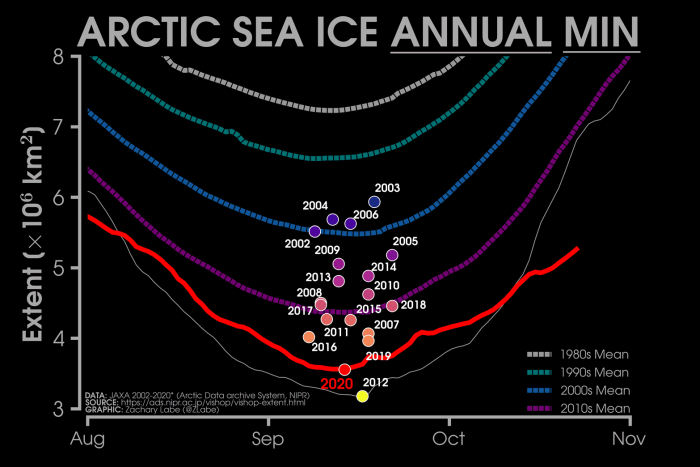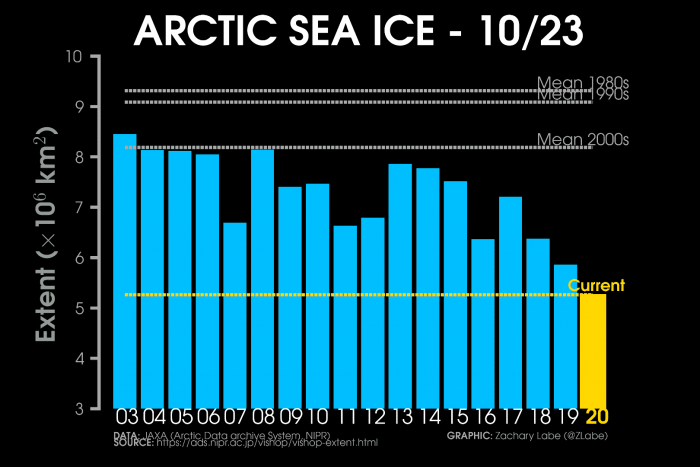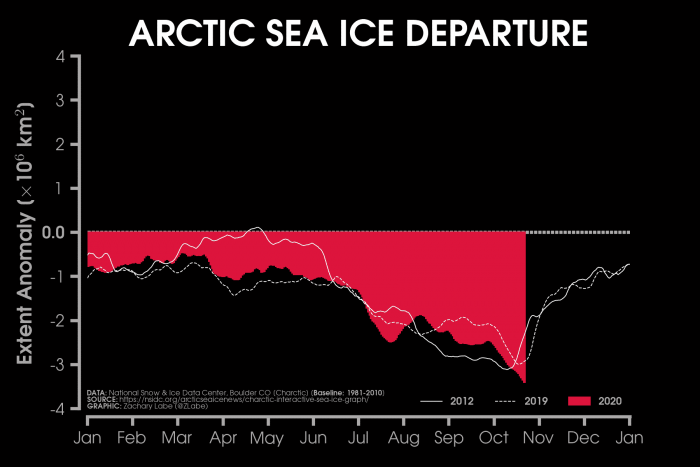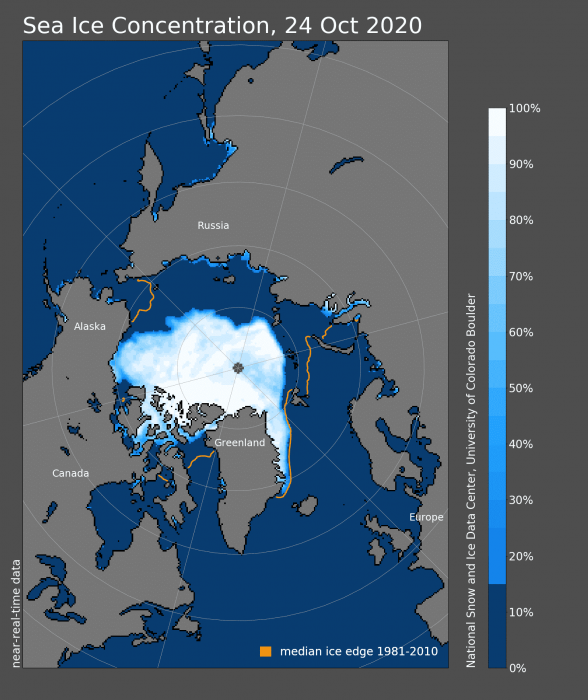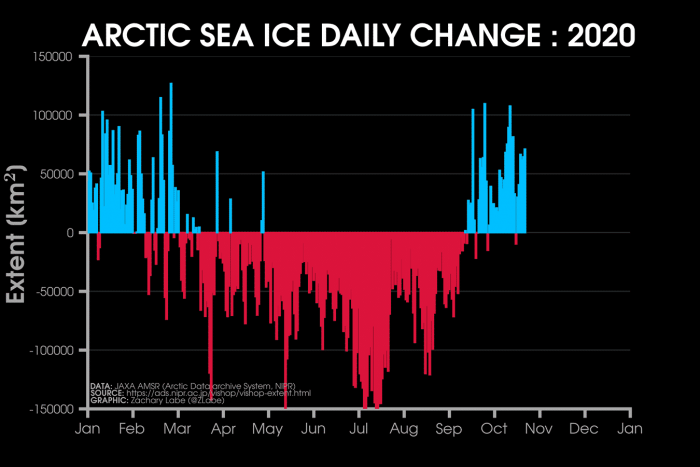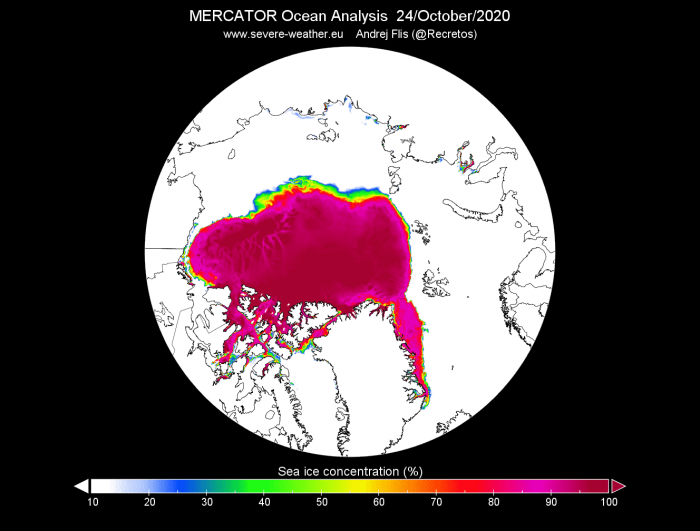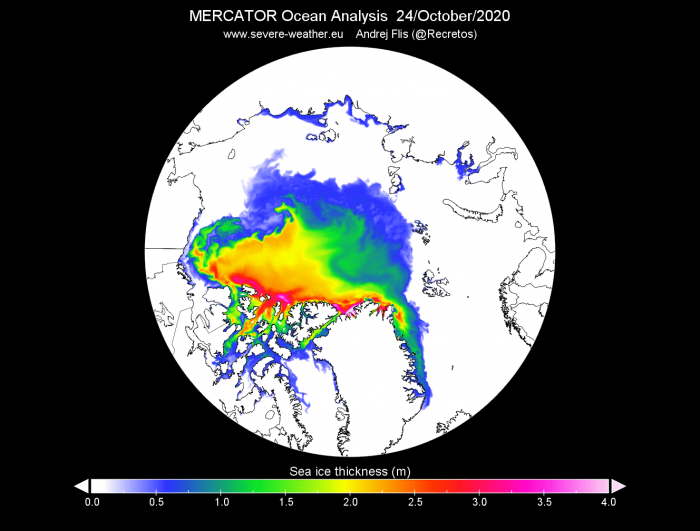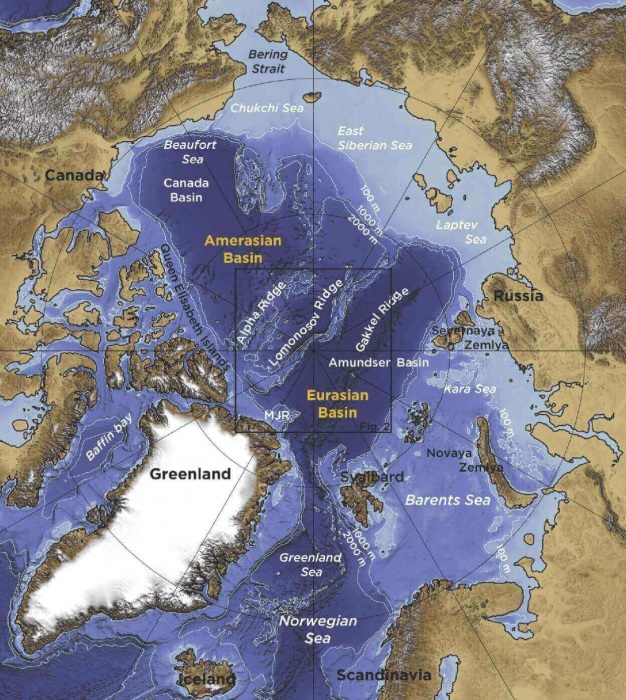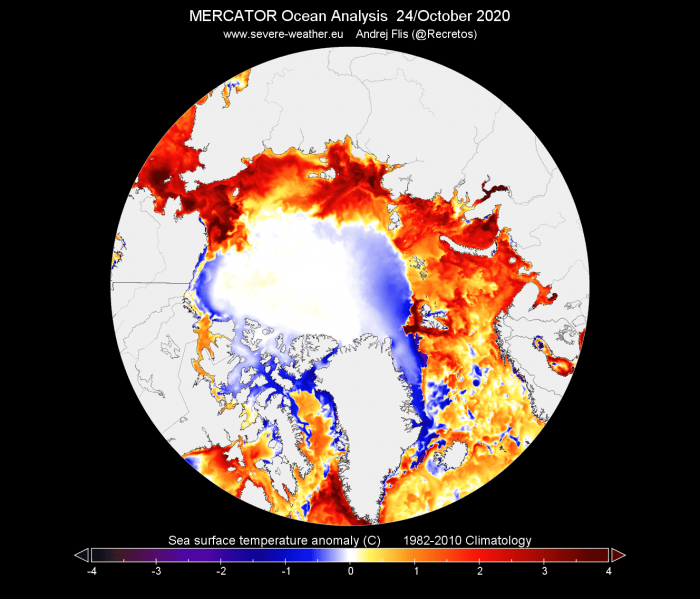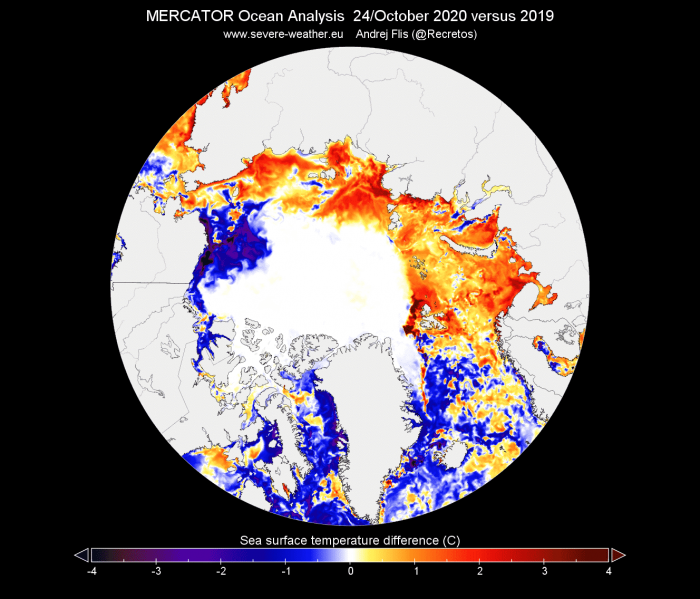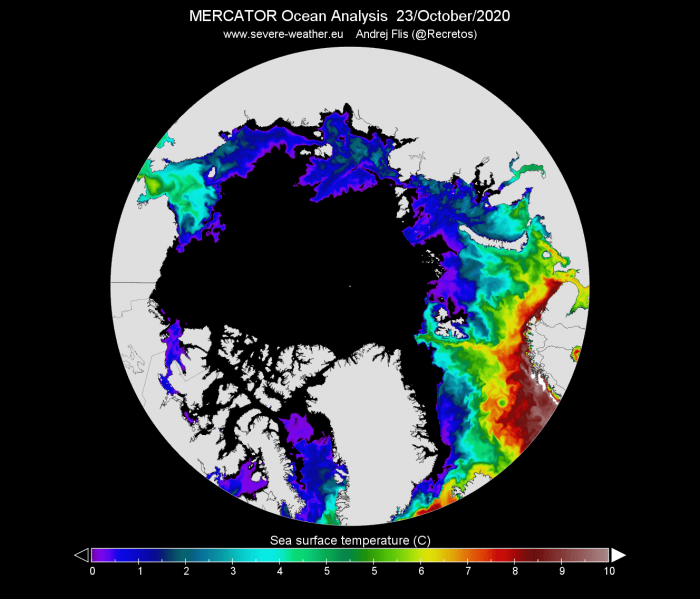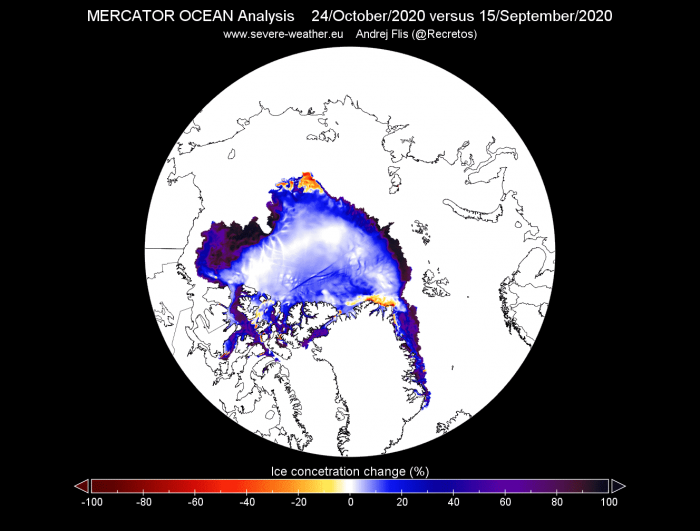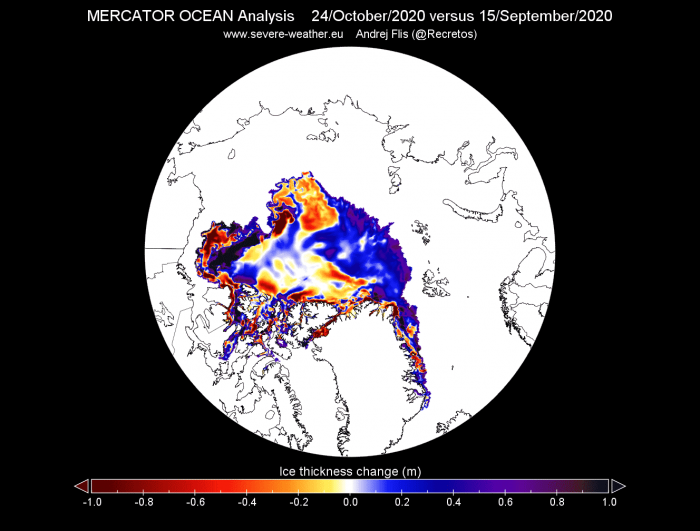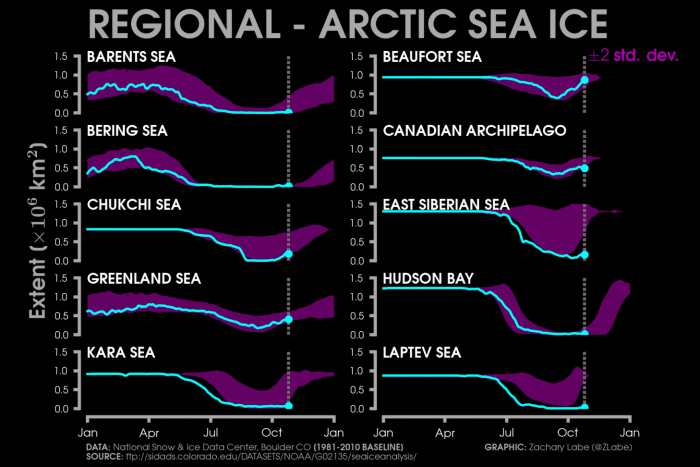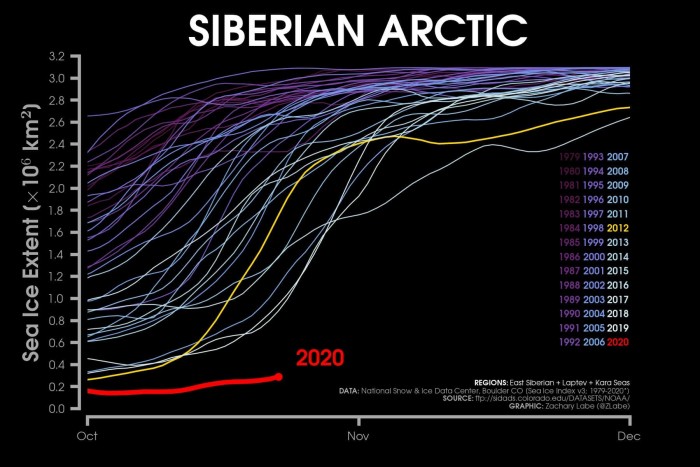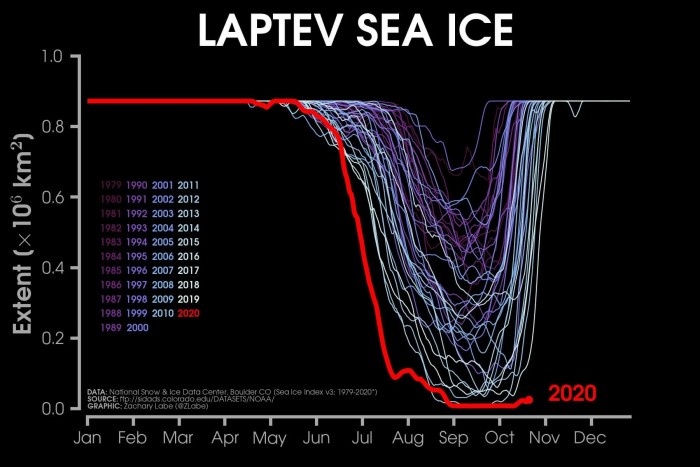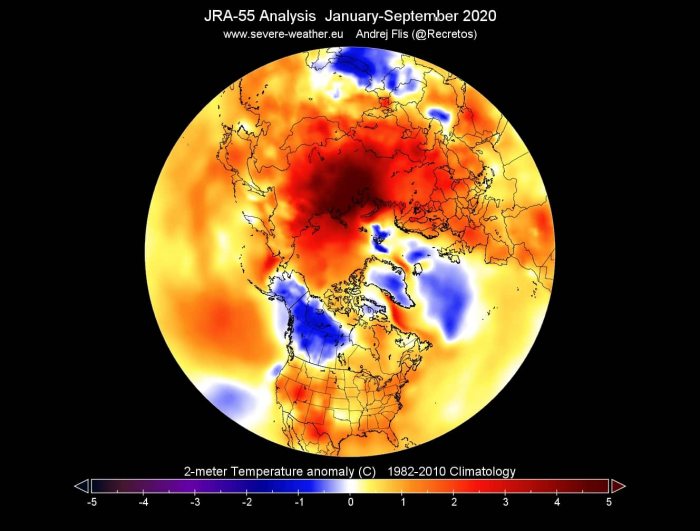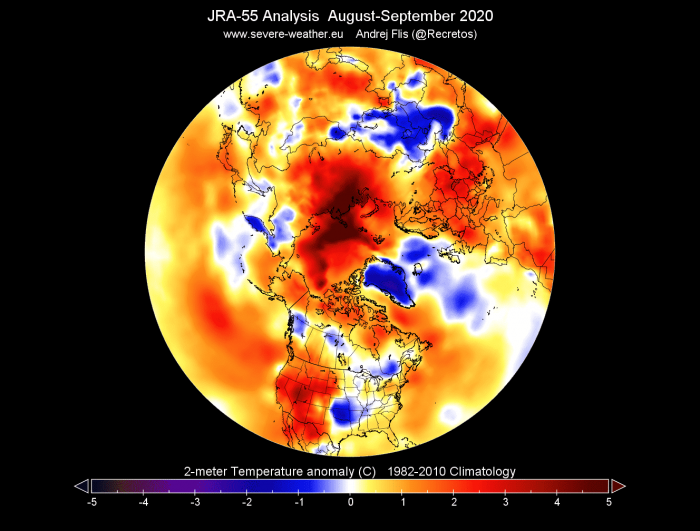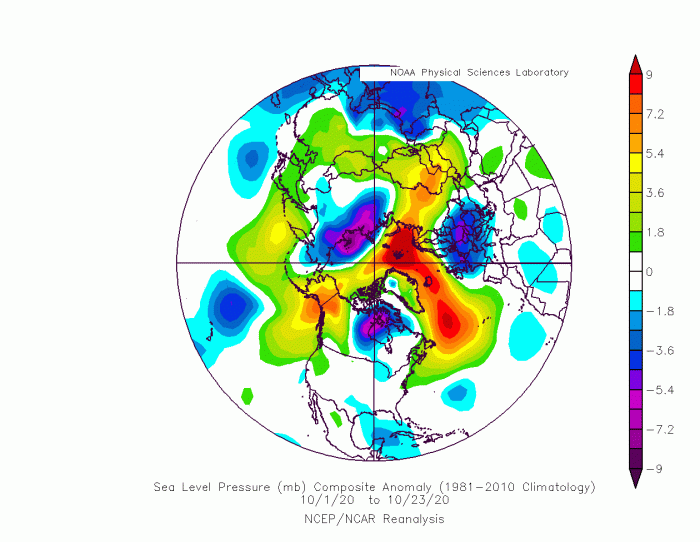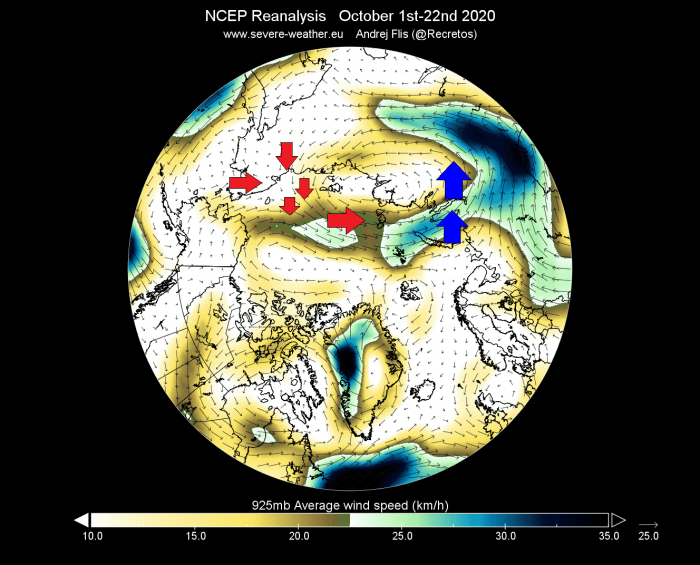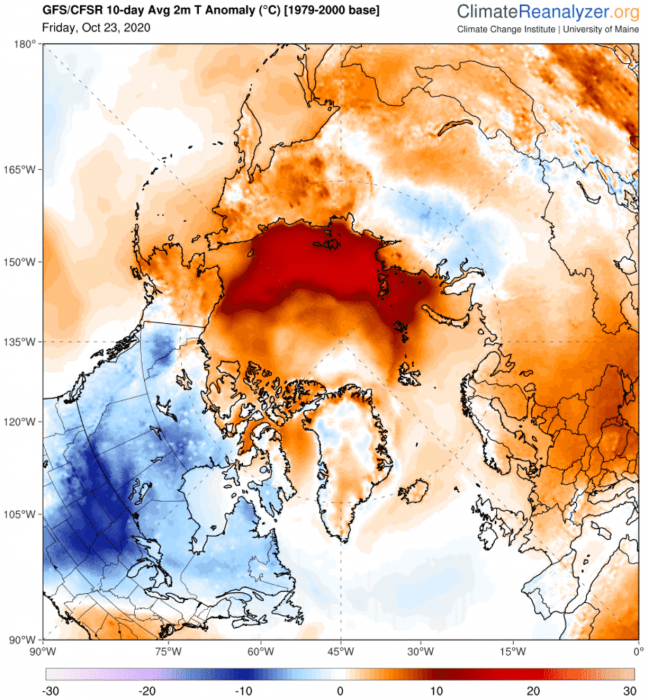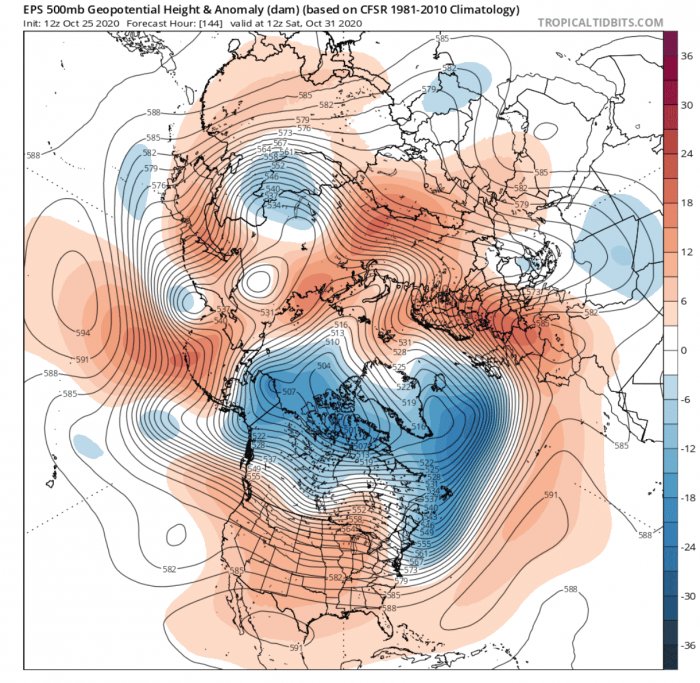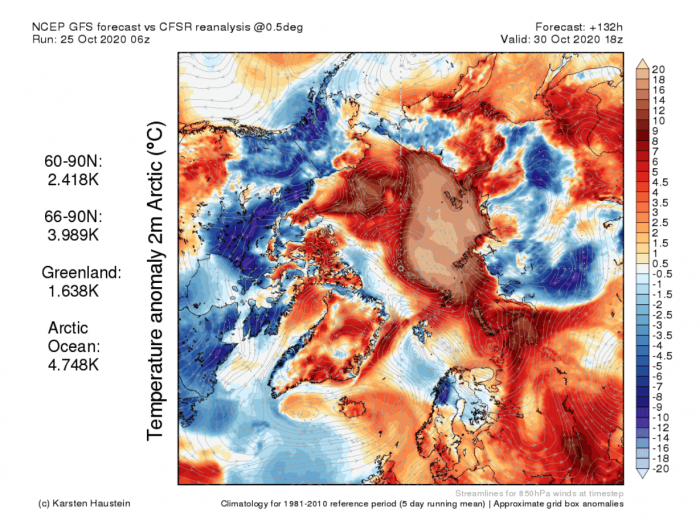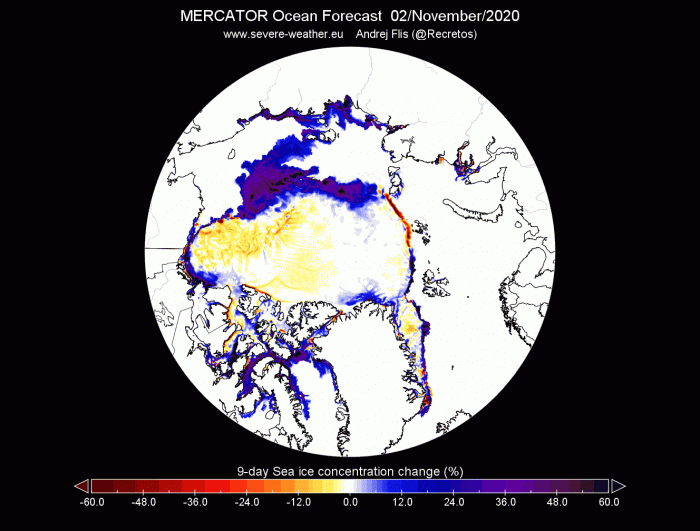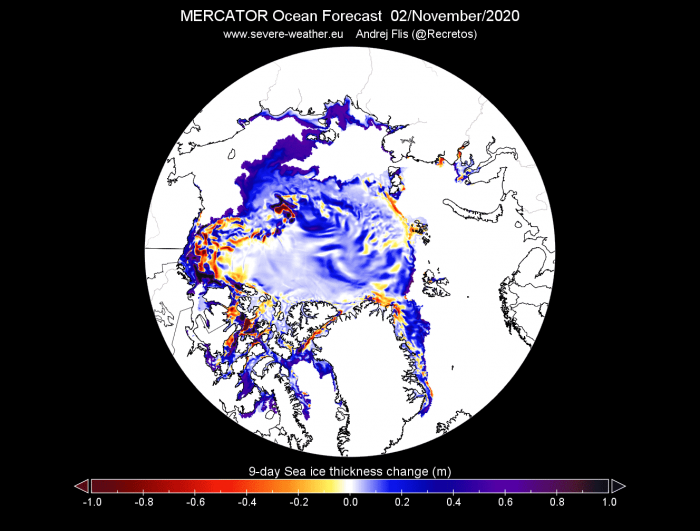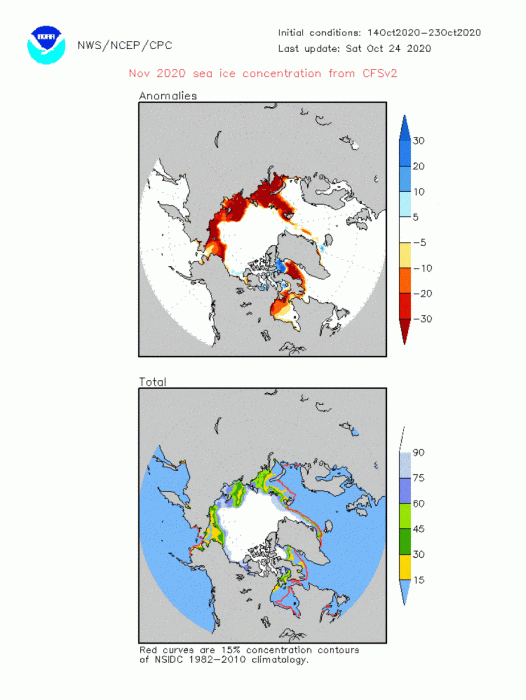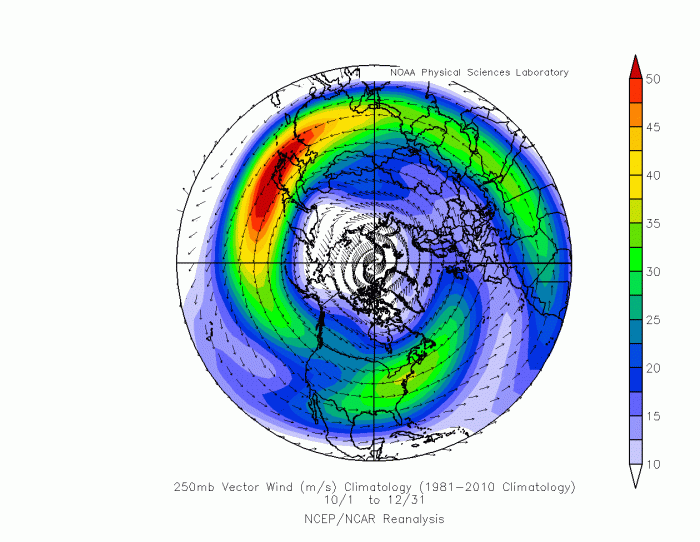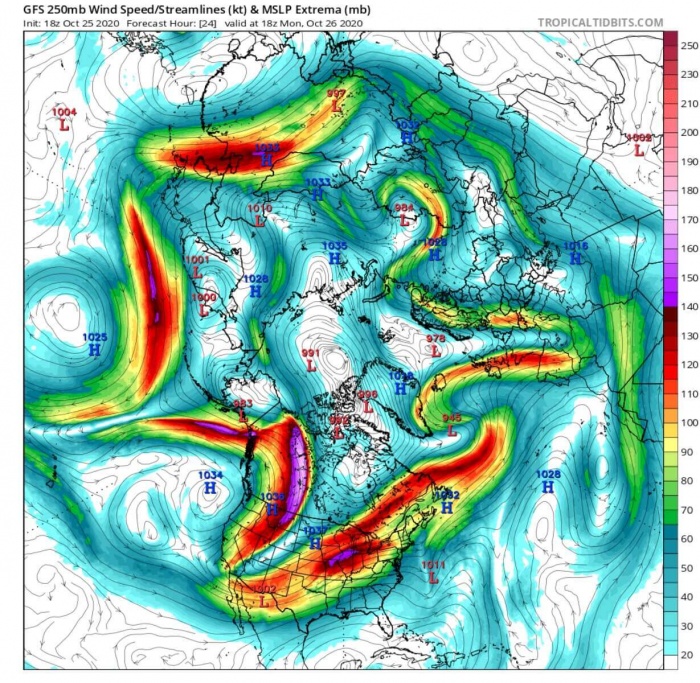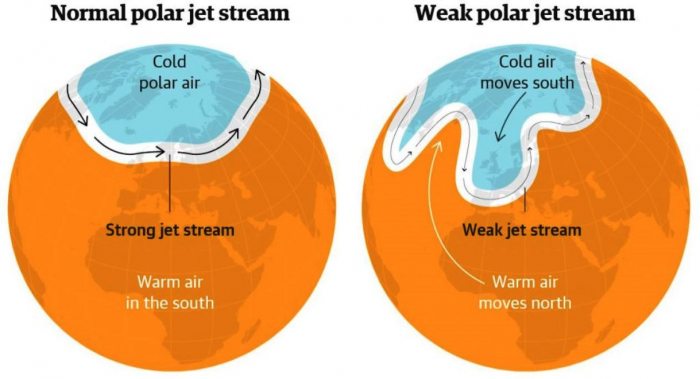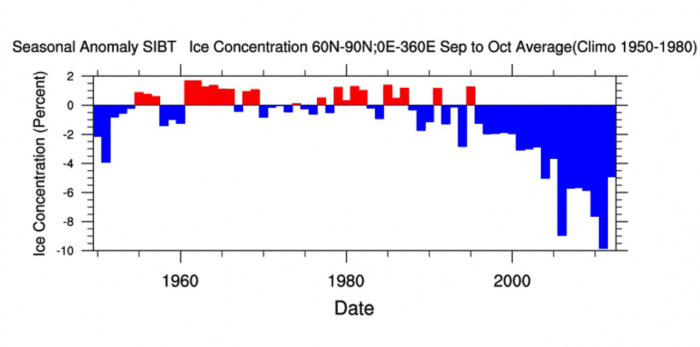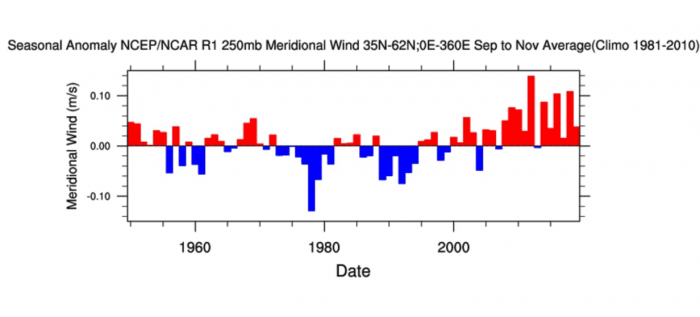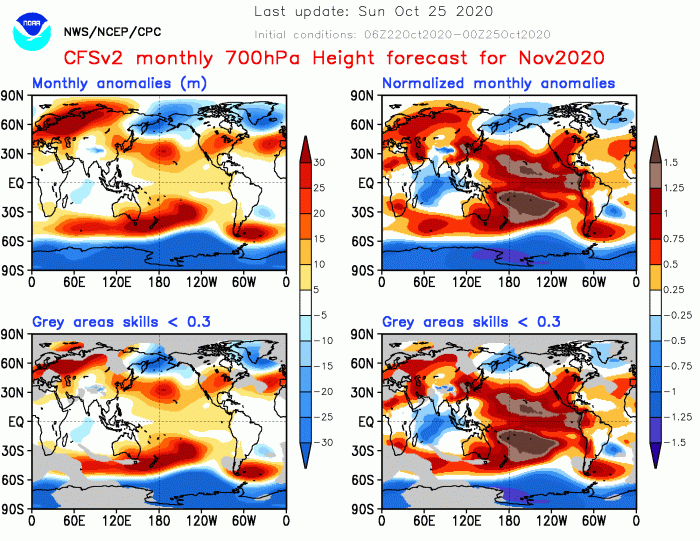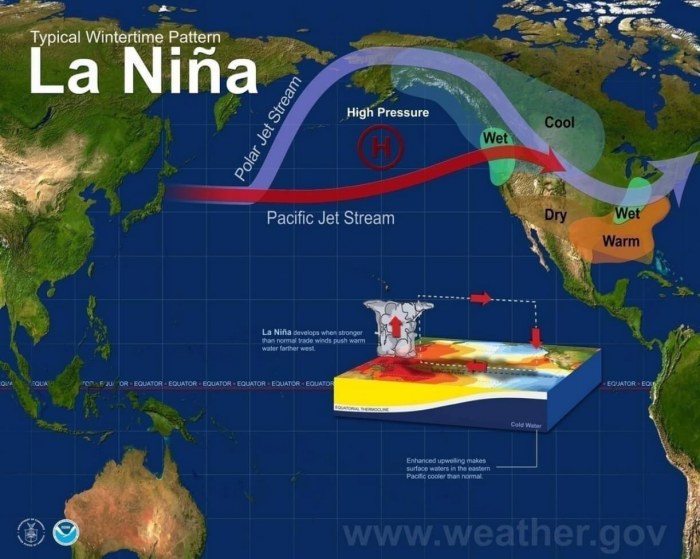
Photograph Source: Gigi Ibrahim – CC BY 2.0
In the many articles, essays, and pamphlets Trotsky wrote about Germany in the early ‘30s while exiled on the Turkish island of Prinkipo (gathered together in a 600-page volume, The Struggle Against Fascism in Germany, Pathfinder Press), he developed what many consider to be the most comprehensive theory of fascism to date. While the term is used loosely to describe right-wing authoritarianism in general, for Trotsky it denoted an entirely distinct phenomenon arising during the interwar period embodied by Mussolini and Hitler. He felt the German left failed to grasp fascism’s unique character—and were ignoring the need for immediate action. In light of questions surrounding the whole nature of the Trump phenomenon—Trotsky’s writing on the subject may take on a contemporary relevance.
Underlying his theory of fascism is the notion that capitalism is in a very advanced stage of decay—has long outlived its revolutionary role–and is incapable of further democratic development, only retrenchment:
Trotsky writes,
“Marx demonstrated and proved that when capitalism reaches a certain level, the only way out for society lies in the socialization of the means of production, i.e., socialism. . . . Fascism did not at all come ‘instead’ of socialism. Fascism is the continuation of capitalism, an attempt to perpetuate its existence by means of the most bestial and monstrous measures.” (p. 591-2)
“. . . with the war there begins the distinct decline of capitalism and above all of its democratic form of domination. It is now no longer a matter of new reforms and alms, but of cutting down and abolishing the old ones. Therewith the bourgeoisie comes into conflict not only with the institutions of proletarian democracy (trade unions and political parties) but also with parliamentary democracy, within the framework of which the workers’ organizations arose. Hence the campaign against ‘Marxism’ on the one hand and against democratic parliamentarism on the other.”(366-7)
Fascism “differentiates itself from all other reactionary regimes in that it rejects all compromise with social democracy . . . deprives it of all legal means of existence. It depends upon the systematic annihilation of each and every form of the independent organization of the masses.” (202)
The U.S., of course, in its entire history has never had a movement or organization anything like German Social Democracy (SPD), a huge mass party of the working class that is ideologically socialist. Labeling Democratic politicians “far left,” Trump and his Republicans treat the Democrats as if they were such a party. Since such a party does not exist they proceed to invent one and do battle with the chimera of Marxism.
Trotsky describes the progression of a fascist takeover–that may be based to some extent on his impressions of Mussolini’s Italy.
“At the moment that the normal police and military resources . . .no longer suffice to hold society in a state of equilibrium—the turn of the fascist regime arrives. Through the fascist agency, capitalism sets in motion the crazed petty bourgeoisie, and bands of the declassed and demoralized lumpenproletariat; all the countless human beings whom finance capital itself has brought to desperation and frenzy. . . . From fascism the bourgeoisie demands a thorough job . . .And the fascist agency, by utilizing the petty bourgeoisie as a battering ram, by overwhelming all obstacles in its path does a thorough job. After fascism is victorious, finance capital gathers into its hands, as in a vise of steel, directly and immediately, all the organs and institutions of sovereignty, the executive, administrative, and educational powers of the state; the entire state apparatus together with the army, the municipalities, the universities, the schools, the press, the trade unions . . . the workers’ organizations are annihilated . . . a system of administration is created which penetrates deeply into the masses . . .
“. . . The above is not at all contradicted by the fact that during a given period, between the democratic and the fascist systems, a transitional regime is established, which combines the features of both; such, in general, is the law that governs the displacement of one social system by another, even though they are irreconcilably inimical to each other. There are periods when the bourgeoisie leans upon both the Social Democracy and fascism, that is, during which it simultaneously manipulates its electoral and terroristic agencies. . . . But such a condition of the state and of the administration is temporary in character. It signalizes the transition period, during which the Social Democracy is on the verge of exhausting its mission, while in that same period, neither Communism nor fascism is ready as yet to seize power.” (p. 200)
“[T]he magnates of capital are unable by their force alone to cope with the proletariat. They need the support of the petit-bourgeoisie. For this purpose, it must be whipped up, put on its feet, mobilized, armed. . . .
“The bourgeoisie in decline is incapable of maintaining itself in power with the methods and means of its own creation—the parliamentary state. . . . But the established bourgeoisie does not like the fascist means of solving its problems . . . for the shocks and disturbances, although in the interests of bourgeois society, involve dangers for it as well. This is the source of the antagonism between fascism and the traditional parties of the bourgeoisie.” (p.367-8)
“When the social crisis takes on an intolerable acuteness, a particular party occurs on the scene with the direct aim of agitating the petty bourgeoisie to a white heat and of directing its hatred and its despair against the proletariat. In Germany, this historic function is fulfilled by National Socialism . . .” (371)
Officers from the lower and middle commanding ranks of the defeated German army rallied to National Socialism—and they became its leaders. Trotsky’s description of the “ruined and drowning people“ who enabled Hitler’s rise to power is a merciless snapshot of a hungry and dispossessed “petty bourgeoisie.” Their rage toward the less fortunate, jealousy of elites,  and feverish nation worship bring to mind the Trump base. Germany’s economic crises—first hyperinflation and then the 1930 depression—have pushed them to the political right—at the same time the working class has moved to the left.
and feverish nation worship bring to mind the Trump base. Germany’s economic crises—first hyperinflation and then the 1930 depression—have pushed them to the political right—at the same time the working class has moved to the left.
The ravaged German lower middle class feels that no political party really represents them (and in this way they resemble Trump’s white working-class base–whose erstwhile party, the Democrats, has been taken over by neoliberals). The political and cultural fault lines in Weimar Germany and US have much to do with geography—rural versus urban—and in the US, the coasts against the heartland.
But unlike Hitler and Mussolini, America’s wannabe proto-fascist leader has no troops directly working for him—though he seems to have deputized various groups; he has mostly taken over an acquiescent Republican party. His overconfident oratorical style however is Hitlerian–relying on shallow slogans, false equivalencies, an excoriation of socialists, Marxists, and other “far leftists” in the Democratic party (and above all, “fake news”).
Trump, like Hitler,
“did not bring into the movement any ready-made program . . . [but[ began with grievances and complaints. . . Sentimental formlessness, absence of disciplined thought, ignorance along with gaudy erudition . . . supplied him with the possibility of uniting all types of dissatisfaction . . . and of leading the mass in the direction in which it pushed him. In the mind of the agitator was preserved . . . whatever had met with approbation. His political thoughts were the fruits of oratorical acoustics. . . .
“. . . What won’t you find here—cheap in price and in quality still lower! Recollections of the “happy” days of free competition, and hazy evocations of the stability of class society; hopes for the regeneration of the colonial empire, and dreams of a shut-in economy . . .
“. . . Political art consisted in fusing the petty bourgeoisie into oneness through its common hostility to the proletariat. . .” (Hitler’s propaganda technique, set forth in Mein Kampf, seems to be one to which Trump adheres [a former wife recalls this book was his only bedside reading]: “ . . . all propaganda must be popular and its intellectual level must be adjusted to the most limited intelligence among those it is addressed to. Consequently, the greater the mass it is intended to reach, the lower its purely intellectual level will have to be.”)
Trotsky’s essays on Germany are probably best remembered for their countless exhortations to unite and resist. Unfortunately, the German Communists (KPD) and international “comrades”–to whom his arguments in the early ’30s are directed–had been forbidden by the party to read Trotsky.
Nazi terrorism—he repeatedly insists–must be resisted by the unified opposition of Germany’s two working-class parties—Social Democracy (SPD) and the Communists (KPD)—together they form a majority of the electorate–each has its own longstanding paramilitary organizations. If their coordinated defensive struggle achieves a measure of success, it will likely be able to win over a section of the nonfascist petit bourgeoisie. The German capitalists, terrified of seeing the country falling into civil war, might then use the Prussian army to force the Nazis to back down.
He says the country’s crisis “cannot be prolonged.” The parliamentary system is in a terminal state; increasingly authoritarian and unpopular Weimar regimes rule by ‘emergency decree.’ (Should Trump, using the mechanisms of government, manage to negate the results of the election, would this be where we might find ourselves?)
Warning that the outcome of the crisis depends upon the program and action of “revolutionary leadership,” Trotsky levels scathing attacks against all groups and parties on the German left. “The principle political responsibility for the growth of fascism,” he says, “rests . . . on the shoulders of the Social Democracy”–who entrust the defense of the working class to the right-wing Weimar military and judicial apparatus.
He is unsparing in his criticism of the Comintern’s “centrist” leadership (i.e., Stalin’s Communist International), whose “policy of bureaucratic prestige covers up yesterday’s mistakes and prepares tomorrow’s . . . Monstrously exaggerating the victory of the party, monstrously underestimating the difficulties, interpreting even the success of fascism as a positive factor for the proletarian revolution.” (p.87-8)
Nonetheless, he believes the KDP is the only party capable of leading the struggle to stop Hitler—it’s “a proletarian antibourgeois party,” he writes, even if erroneously led.” (198) Few are seriously interested in saving the Weimar republic. The struggle in Germany is between the forces of fascism and revolution.
At this point Trotsky has not yet abandoned hope the Comintern can be reformed—and that KPD members will reject Stalin’s leadership, restore open discussion, and return the party to earlier democratic practices.
Following Moscow’s lead, the KPD pursues an ultraleft policy. The theory of “social fascism”—introduced by Molotov in 1928–equates Social Democracy with fascism—both are said to be “twins” in the service of monopoly capital. The Comintern proclaims, “Fascism is already here.” Failing to distinguish between fascism and authoritarianism, it labels the Weimar regimes “creeping“ fascism, insisting there will be a gradual, “organic” transition to fascism in Germany.
It takes the absurd and self-defeating position that it is first necessary to defeat the Social Democrats: “Hitler will quickly ruin himself by mismanagement” because of his inability to resolve the economic crisis, and “after Hitler it will be our turn.” (p. 204-208)
The KPD opportunistically attempts to appropriate some of the popular nationalistic slogans, and at perhaps its lowest point, in April 1931, issues a joint call with the Nazis to vote against Prussia’s Social Democratic government—the notorious “red referendum”–further estranging the SPD membership. Rather than trying to form a united front with the SPD leadership, they seek to win over individual members—their “united front from below” meets with little success.
Trotsky reminds the KPD that the longstanding Comintern policy of the United Front means forming a tactical alliance between Communists and other working-class organizations. “March separately but strike together!”–this was the basis upon which the Bolsheviks concluded an agreement with their Menshevik and SR opponents to resist General Kornilov’s attempted coup against the Kerensky government in the summer of 1917.
“Assuming a defensive position means a policy of closing ranks with the majority of the German working class and forming a united front with the Social Democratic and nonparty workers against the fascist threat.
“Denying this threat, belittling it, failing to take it seriously is the greatest crime that can be committed today against the proletarian revolution in Germany.”
“The Communist Party must call for the defense of those material and moral positions which the working class has managed to win in the German state. This most directly concerns the fate of the workers’ political organizations, trade unions, newspapers, printing plants, clubs, libraries, etc. Communist workers must say to their Social Democratic counterparts: ‘The policies of our parties are irreconcilably opposed; but if the fascists come tonight to wreck your organization’s hall, we will come running, arms in hand, to help you. Will you promise us that if our organization is threatened you will rush to our aid?
“The more persistently, seriously, and thoughtfully . . . we carry on this agitation, the more we propose serious measures for defense in every factory, in every working-class neighborhood and district, the less the danger that a fascist attack will take us by surprise.” (p.94)
“The most elementary revolutionary duty of the German Communist Party demands that it say: fascism can come into power only after a merciless, annihilating civil war to the bitter end. Above all, the worker-Communist must know this. The Social Democratic workers must know it, the nonparty workers, the whole proletariat. The whole international proletariat must know this. The Red Army must know it beforehand.”
“A victory of fascism in Germany would signify an inevitable war against the USSR. . . .
“In this enterprise, the Hitler government would be only the executive organ of world capitalism as a whole.” (p 163)
If this sounds like ’40s boilerplate, perhaps it’s because at this juncture the forces of the US ‘left’ are so marginalized and few in number, and the question now seems to be whether a liberal capitalist party can stop the United States’ descent into authoritarianism. As noted above, there is no party of the left, much as the Republicans try to pretend that there is (and equate the only large protests out on the street—BLM—as synonymous with looting and rioting). So the current question seems to be: Will the current structure of bourgeois democracy as practiced be sufficient to arrest the onset of authoritarian rule?
Another major theme of the collection is a withering critique of Social Democracy–which bases its hopes, Trotsky says, upon the restoration of the “normal” order. “[T]hough composed of workers, [it] is “entirely a bourgeois party . . . led quite expertly from the point of view of bourgeois aims . . .” (p. 198) (The tepid centrism of the Democratic party—which offers no change to the structure and acquiesces to hegemonic militarism abroad—in this way resembles German Social Democracy.)
Having expelled the leftists in their party advocating a workers united front against fascism, SPD leaders authorize the creation of the “Iron Front for Resistance Against Fascism” (a mass organization embracing the old Reichsbanner, the SPD youth, and other labor and liberal groups) but they have no intention of developing a real struggle–and are merely using it as a safety valve. They deploy it in the campaign to support the reelection of Hindenburg.
“’Act, state, intervene!’ The Social Democracy still cried a short while ago, as it fell back before fascism. And the state acted: Otto Braun and Severing were kicked into the street.” (p.414-6)
With defense of democracy their slogan, they resist neither the government’s emergency decrees’ nor the backdoor political intrigues that bring Hitler to power. After Hindenburg appoints him chancellor, on January 30, 1933, the SPD leaders, arguing that Hitler’s appointment has been constitutional, forbid any actions that might be construed as provocations. (The Communists meanwhile still call Social Democracy the main danger, at the same time they are calling for a general strike, and beginning to go into hiding or exile.)
What took Mussolini years to obtain as head of state—absolute power—will take Hitler only a few months.
With Nazism triumphant, Stalin buried his “social fascism” line. In a quick foreign-policy about-face he attempted to woo the support of Western capitalist governments through diplomatic overtures. His new “people’s front” line embraced alliances with virtually any party or group that was opposed to Nazism.
Having advocated a united front of the German working class—in which revolutionaries must never surrender their autonomy to liberal forces—but press forward with their own agenda—Trotsky rejected Stalin’s Popular Front with bourgeois democracy.
There is some confusion as to whether this Popular Front might in fact be a kind of internationalized version of Trotsky’s united front. However its objective was to ally with capitalism rather than to oppose it, Trotsky maintained that it therefore acted as a brake upon revolutionary development (in France and Spain).
He had seen the First World War bring about revolutionary change—and believed the Second World War might also become a catalyst ushering in a world revolution.
He continued to defend the USSR–and to call for the overthrow of its Stalinist leadership. But world revolution was the paramount item on his agenda.
“If revolution fails during the current war or immediately after . . . it would signify the foundering of all hope for a socialist revolution.” (In Defense of Marxism, by Leon Trotsky, p. 63-4)
In hindsight it seems suicidal, even lunatic, not to urge alliance with all countries at war with Germany, the Hitler-Stalin pact notwithstanding. At the time he was writing, maybe he still believed the West would never really come to blows with Hitler. It has to be remembered that Trotsky saw very little fighting. He was assassinated by Stalin shortly after the “phony war” in Europe ended. During this time there had been little real military action. Nonetheless, elaborate plans had been drawn up by the Western allies–including a strike against the Soviet Union to cut off its oil supply to Germany. While Anglo-French forces took no military action to defend Poland against Germany, they made plans for an expeditionary force to help Finland against the USSR. But Nazi Germany’s sudden and brutal attacks in the spring of 1940 brought about an intensified resistance in Europe.
It is argued by some that Trotsky at this juncture was rethinking his position. However his followers never did. They did not cease to inveigh against the “imperialism” of the governments of the very countries under attack by Nazi Germany.


